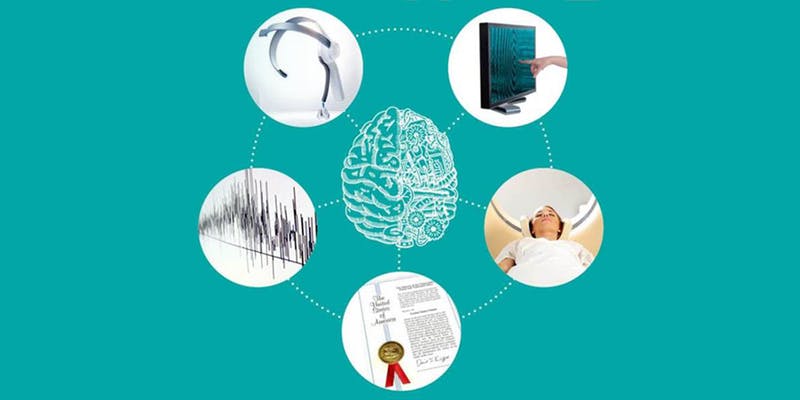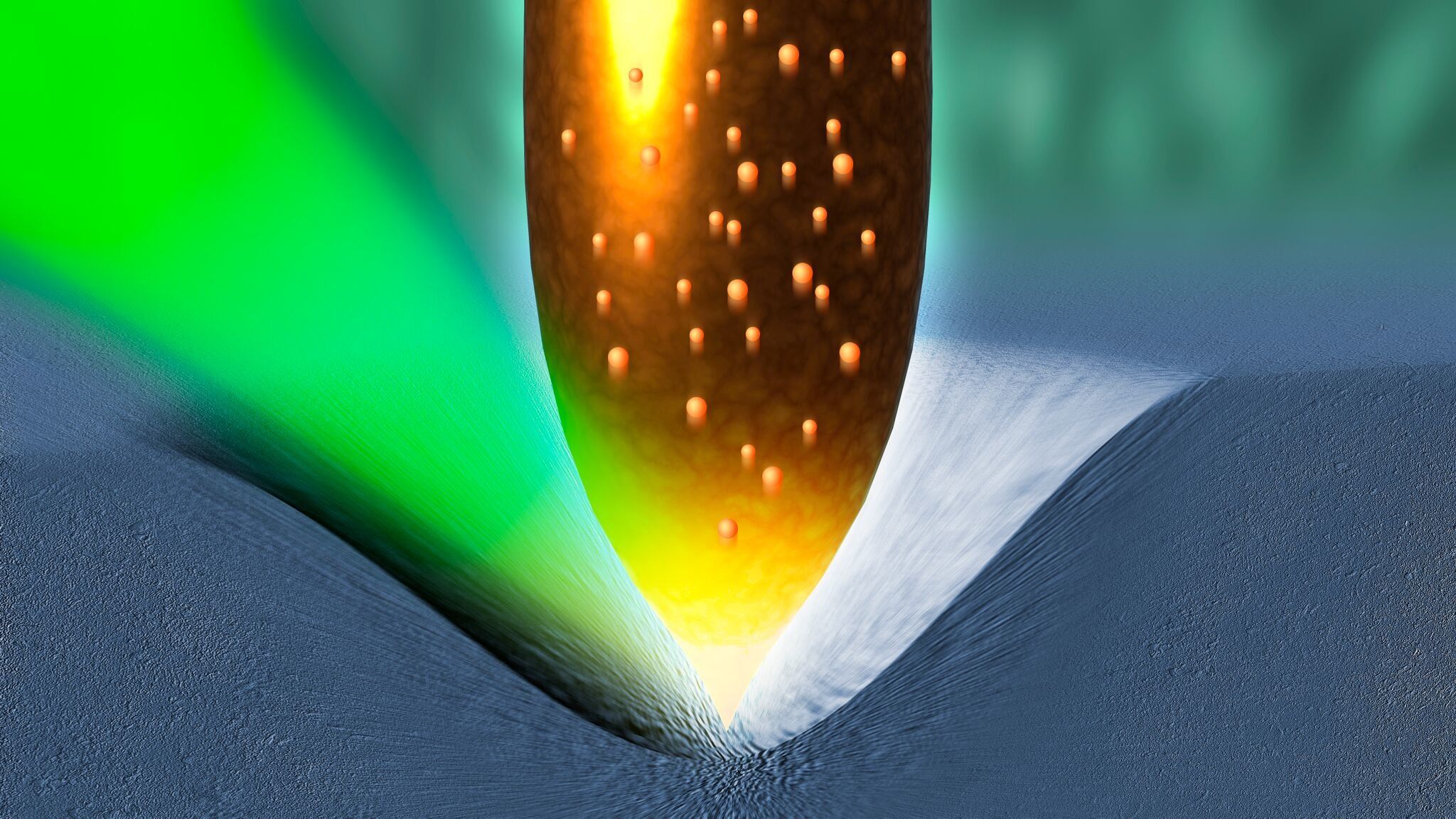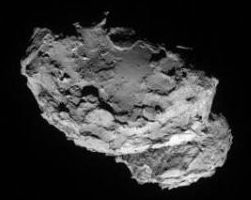Page 10194
Apr 20, 2018
May 30th: The Future of Mental Health & Brain Enhancement @ Imperial College, London
Posted by Alvaro Fernandez in categories: biotech/medical, health, neuroscience
Fun event if you’re in London on May 30th smile
___ Heads-up: the Imperial College Centre for Neurotechnology will host a keynote by Alvaro Fernandez on Wednesday, May 30th, titled Why the Future of Brain Enhancement & Mental Health is Digital & Pervasive. Description: As seen in patent and investment trends, research findings and consumer/patient behaviors, Mental.
Apr 20, 2018
New research could literally squeeze more power out of solar cells
Posted by Bill Kemp in categories: physics, solar power, sustainability
Physicists at the University of Warwick have today, Thursday 19th April 2018, published new research in the fournal Science today 19th April 2018 (via the Journal’s First Release pages) that could literally squeeze more power out of solar cells by physically deforming each of the crystals in the semiconductors used by photovoltaic cells.
The paper entitled the “Flexo-Photovoltaic Effect” was written by Professor Marin Alexe, Ming-Min Yang, and Dong Jik Kim who are all based in the University of Warwick’s Department of Physics.
The Warwick researchers looked at the physical constraints on the current design of most commercial solar cells which place an absolute limit on their efficiency. Most commercial solar cells are formed of two layers creating at their boundary a junction between two kinds of semiconductors, p-type with positive charge carriers (holes which can be filled by electrons) and n-type with negative charge carriers (electrons).
Apr 20, 2018
Drought returns to huge swaths of US, fueling fears of a thirsty future
Posted by Bill Kemp in categories: climatology, futurism
Less than eight months after Hurricane Harvey pelted the Texas Gulf Coast with torrential rainfall, drought has returned to Texas and other parts of the West, Southwest and Southeast, rekindling old worries for residents who dealt with earlier waves of dry spells and once again forcing state governments to reckon with how to keep the water flowing.
Nearly a third of the continental United States was in drought as of April 10, more than three times the coverage of a year ago. And the specter of a drought-ridden summer has focused renewed urgency on state and local conservation efforts, some of which would fundamentally alter Americans’ behavior in how they use water.
In California, for example, officials are considering rules to permanently ban water-wasting actions such as hosing off sidewalks and driveways, washing a vehicle with a hose that doesn’t have a shut-off valve, and irrigating ornamental turf on public street medians. The regulations, awaiting a final decision by the California State Water Resources Control Board, were in force as temporary emergency measures during part of a devastating five-year drought but were lifted in 2017 after the drought subsided.
Apr 20, 2018
Model suggests well-designed subsidies can help farmers and give consumers better food choices
Posted by Bill Kemp in categories: biotech/medical, food, government, sustainability
When it comes to pegging the blame for the obesity crisis, farm subsidies are a popular target. Subsidies, the argument goes, encourage farmers to grow less-healthy foods—corn, turned into corn syrup, is the common culprit here—and fewer unsubsidized fruits and vegetables.
Not everyone agrees. Experts caution that cheap corn isn’t the only cause of poor nutrition and that other factors, like technology, are responsible for the low cost of field crops. Still, it’s reasonable to ask: How can subsidies be used to make healthier food options more available?
One answer: by making sure that subsidies take into account consumer welfare as well as farmers’ incomes, suggest UCLA Anderson’s Prashant Chintapalli, a Ph.D student, and Christopher S. Tang. In a working paper examining a type of subsidy called “minimum support prices,” or MSPs, the authors suggest that backing a diverse mix of crops—including fruits and vegetables—would give consumers a wider selection and be most effective at raising farmer profits at a lower cost to the government.
Apr 20, 2018
Bioquark Inc. — Glowing Skin Podcast — Ira Pastor
Posted by Ira S. Pastor in categories: aging, bioengineering, biotech/medical, business, chemistry, DNA, genetics, health, innovation, life extension
Tags: anti-aging, bioquark, cosmetics, health, Life extension, skin, wellness
Apr 20, 2018
Nick J Fox: The posthuman condition? A materialist odyssey from obesity to sexualities to ecology
Posted by Steve Nichols in category: biotech/medical
Https://paper.li/e-1437691924#/
IASH and the School of Social and Political Science are pleased to invite to a guest lecture by Prof. N.J. Fox (Sheffield) on 16th May 2018 in the IASH Coffee room. Coffee available from 3pm for 3.30pm start.
The posthuman condition? A materialist odyssey from obesity to sexualities to ecology.
Apr 20, 2018
A.I. Researchers Are Making More Than $1 Million, Even at a Nonprofit
Posted by Derick Lee in categories: biotech/medical, military, robotics/AI
That raises significant issues for universities and governments. They also need A.I. expertise, both to teach the next generation of researchers and to put these technologies into practice in everything from the military to drug discovery. But they could never match the salaries being paid in the private sector.
Tax forms filed by OpenAI provide insight into the enormous salaries and bonuses paid to artificial intelligence specialists across the world.
Apr 20, 2018
Weekend Asteroid Flyby Confirms We’re Worrying About the Wrong Space Rocks
Posted by Alberto Lao in categories: asteroid/comet impacts, existential risks
This asteroid flyby was so close it was about halfway between the Earth and Moon. How’d we miss THAT? #SCINow
An asteroid approximately the size of a football field flew close by Earth only a day after it was first spotted this weekend. This near miss is a perfect example of an argument I’ve been making for some time: These are the asteroids we should worry about, not the so-called potentially hazardous rocks being tracked by NASA and periodically hyped by panicked headlines.
NASA scientists first observed the asteroid, now called 2018 GE3, on April 14, according to a database. It ventured as close as halfway the distance between Earth and the Moon, and was estimated to be between 47 meter and 100 meters in diameter (~150 and 330 feet). This is smaller than the asteroids governed by the NASA goal, which is to track 90 percent of near-Earth objects larger than 150 meters (~460 feet) in diameter. Nevertheless, it still could have caused a lot of damage if it had hit Earth.
Continue reading “Weekend Asteroid Flyby Confirms We’re Worrying About the Wrong Space Rocks” »
Apr 19, 2018
PERFECT Official Trailer (2018) Abbie Cornish Sci-Fi Movie HD
Posted by Sean Brazell in categories: bioengineering, biotech/medical, genetics

Follow us on Twitter ▶ https://goo.gl/8m1wbv
A young man with a violent past enters a mysterious clinic where the patients wildly transform their bodies and minds using genetic engineering.
Continue reading “PERFECT Official Trailer (2018) Abbie Cornish Sci-Fi Movie HD” »
















